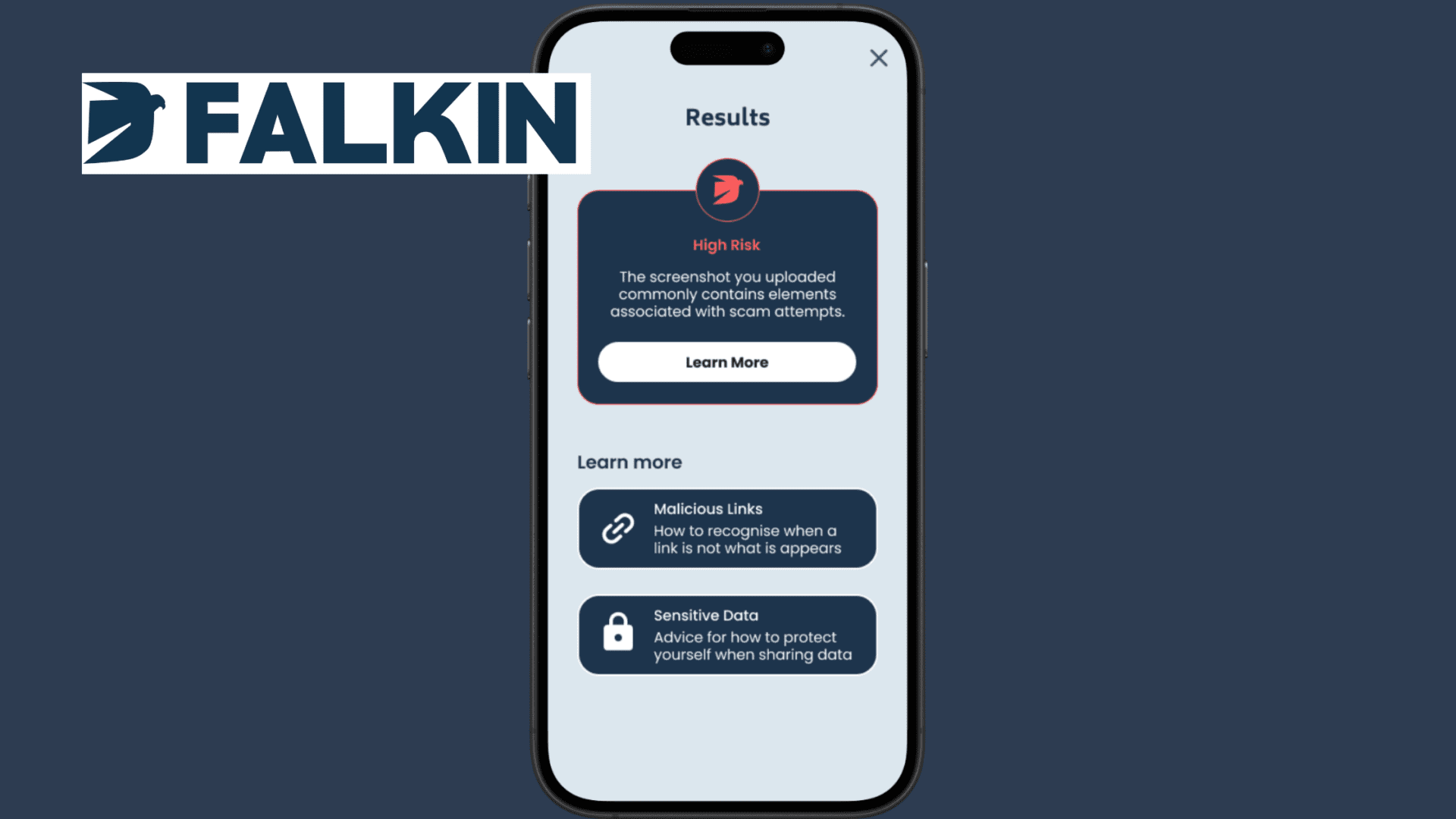The November wave of “red” victories in the 2024 U.S. elections has stirred fresh momentum and raised many questions in the banking sector. What does this new political landscape mean for mergers and acquisitions (M&A), capital raises, investor confidence, and the status of the financial services industry in general?
Banking in the Shadow of the Red Wave
Tackling this question—and other pressing issues—was:
- Scott Studwell, Stephens’ Head of U.S. Depositories and Co-Head of Equity Capital Markets
- Frank Sorrentino, Managing Director, Investment Banking, at Stephens
- Session moderator Michael Perito, Head of Bank Strategy, Travillian
Their collective observations include the possibility that a rapidly shifting regulatory environment and a host of new investment strategies may unlock opportunities and new uncertainties.
How Economic Pressures Are Shaping Banking M&A
Banking M&A was understandably raised early in the conversation, where the trio noted—to no one’s surprise—that the pace of consolidation has picked up.
Sorrentino shared that for many companies, M&A has become a necessity. With fewer profitable options, banks are teaming up in response to both economic pressure and dwindling growth options.
“We’re seeing more sellers than acquirers,” he notes. “And some sellers, who might have held off, are choosing partners sooner, taking advantage of a narrow window to align with a strong acquirer.” He explained that most deals seen today had already been in the works for months, reflecting strategic patience from boards waiting for just the right match.
Studwell highlighted another trend: Capital raises are increasingly accompanying M&A, a strategy banks use to reassure both investors and regulators. “It’s like an extra layer of insurance,” Studwell explains, pointing out that robust management teams are integral to these successful capital-raise deals. He referenced high-profile mergers—including the Fulton and Atlantic Union deals—as proof that investors feel confident when these transactions are under experienced, steady leadership.
Capital Raises for Growth and Stability
One of the more unusual trends of 2024 has been the resurgence of capital raises alongside mergers. Traditionally, banks have been well-capitalized, but recent rate hikes and increased regulatory scrutiny have pressured institutions to bolster their finances.
“This year, we’ve seen a lot of excitement around supporting these deals,” Studwell shares. He emphasized that investors are drawn to stable and reputable management teams, seeing these moves as a positive step for the industry’s long-term growth.
There’s a palpable sense of optimism as capital markets reopen, with banks viewing capital as a tool for opportunity rather than merely a hedge against risk. “It’s refreshing to see the banking industry raising capital to grow rather than retrench,” Perito remarks, noting that investor confidence could make 2025 a more dynamic year for banking.
Red Wave Repercussions: A New Regulatory Climate
The political shift from the 2024 elections could also mean a more relaxed regulatory environment, potentially fueling further growth in banking. Sorrentino suggests: “We might see a return to the days when companies could pursue multiple deals in quick succession.” With the Senate and House flipping red, banks are hopeful for a regulatory stance that could make larger deals—as well as mergers involving branch closures—far more feasible.
An anticipated wave of pro-business regulatory appointments could ease constraints on commercial real estate concentrations and branch overlaps, potentially sparking larger deals. Sorrentino speculates, “With the regulatory mood changing, we might even see deals on a larger scale and an overall acceleration of M&A activity.”
Bank IPOs in 2025: Fueling Growth for Smaller Institutions
The upcoming year could also bring a rise in bank IPOs, as smaller institutions look to access public capital and fuel growth. Studwell sees promising signs of this development: “It feels like we’re at the boarding gate—companies are ready.”
For smaller banks, public listings offer access to acquisition currency and opportunities to strengthen regional markets where fewer acquirers exist. Studwell projected that 2025 will see a renewed interest in IPOs, creating options for banks in underserved regions to expand where demand is high but buyers are scarce.
Banking Profitability at Risk Due to High Costs and Tight Margins
Despite the upbeat outlook, both Sorrentino and Studwell cautioned that profitability may remain elusive for some banks in the coming year. Studwell emphasized that margin pressures from high loan costs and a stubbornly high-rate environment could take a toll on profits. “There’s still real pressure here that could impact the bullish tone,” he notes. This challenge, combined with continued funding costs, may present a hurdle even as opportunities open.
2025 Banking Landscape: Optimism Meets Caution
As the banking industry looks to 2025, the panel sees a landscape seemingly ripe with both promise and caution. The recent political shift could ease some constraints, while investor enthusiasm is encouraging banks to explore growth rather than retreat. Through capital raises, IPOs, and prudent acquisitions, banks may have a new chance to pursue growth and stability.
Yet, the importance of solid fundamentals remains clear. “Quality balance sheets and strong deposit franchises,” Sorrentino reminds, “are what will drive the most value.”
As the industry leans into new possibilities, the way forward may lie in balancing optimism with prudence, capturing growth without losing sight of the basics that sustain it.
The full interview can be found at TravillianNext.



















